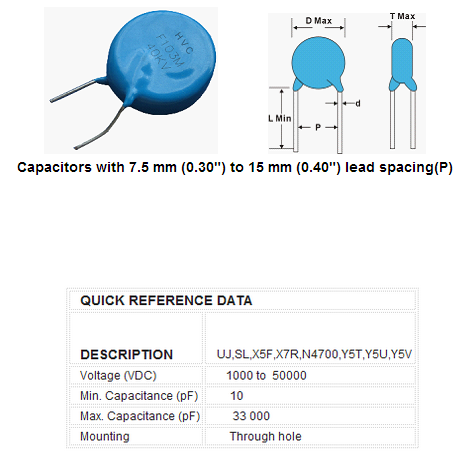Xray machine– what is Computed Radiography — https://hv-caps.biz
In the early 1980’s, the concept of converting the data from an x-ray beam transmitted by the patient into a digital format that could be displayed on a computer monitor was introduced by the Fuji Corporation. This technology was termed “Computed Radiography” is still a widely used method of acquiring medical radiographic images.
The logistics of CR are very similar to that of conventional analog F/S radiography. A conventional x-ray unit is used to make the exposure. The CR system utilizes a Photostimulable Plate (PSP) and a plate reading unit in place of film and chemical processing. In general, the PSP is housed in a cassette that is very similar in appearance to a conventional radiographic cassette. This cassette can be used in a cassette tray in the table or wall cassette holder or may be used table top. The x-ray exposure is made in the same manner as with using a conventional F/S system. The next step is what differentiates CR imaging from S/C imaging. Instead of taking the cassette into a darkroom and processing a film, the PSP is placed in a CR reader. It is in the CR reader that the PSP is scanned by a laser beam. There are phosphors in the PSP that release light when scanned by the laser beam. This light is proportional to the energy of the x-ray beam that has stuck the PSP. This light is converted to an electrical signal by a photo-multiplier tube than converted to a digital signal via an A-D converter. At this point, the digital signal is sent to a Central Processing Unit (CPU) where image processing occurs. The image can now be displayed on a computer monitor.
One important concept with digital imaging is that an algorithm is applied to the “raw image”. This algorithm adjusts the “raw image” so that the contrast and density levels for examinations are consistent.
CR imaging offers many advantages when compared to conventional analog F/S radiography. These benefits include but are not limited to:
1. Utilize Existing Equipment: The initial investment of making a transition to digital imaging is reduced as your existing x-ray generating equipment you use for analog imaging can be used for CR imaging
2. Positioning Flexibility: Since CR utilizes imaging plates that are used in the same manner that conventional cassettes are used, CR enable the facility to use the plates in cassette trays, table top, cross table and for “portable” use. In addition, since CR studies may be performed table top and in most cases DR studies must be done “bucky”, the technologists is able to use a lower table top exposure factor.
3. Reduced Cost: Cost for supplies such as film, chemistry, ID cards, file jackets and the associated cost with storing and transporting these items are eliminated with digital radiology. In many instances, it is possible that the savings realized by eliminating analog supplies and service cost offset the cost of a lease for digital imaging equipment. Further savings may be realized once the lease terms are complete.
4. CR System Cost: In general, CR systems are less expensive than comparable DR systems.
5. Image Quality: CR images render high special resolution images and provide excellent image quality.
6. Reduced Repeat Rate: The wide dynamic range of CR detectors and the algorithm applied virtually eliminate repeat examinations due to improper exposure factors. This results in less patient and operator dose, reduced operating cost and a more expedient examination.
7. Post Processing: One of the major benefits of any digital imaging system is the ability to manipulate the image once displayed. The ability to adjust contract and density of images via window and leveling tools allows soft tissue and bone to be displayed on the same image. The ability to zoom and magnify small structures allows for the detection of subtle changes.
8. Improved Efficiency: Images are displayed in a matter of seconds rather than minutes making the workflow faster relative to analog imaging. The fact that images are “processed” at the same time that additional views are being obtained results in a faster examination for the patient.
9. Proven Technology: CR has been utilized since the mid 1980’s as the primary method for imaging departments to go “filmless”. The reliability and detector longevity is well known and will offer many years of reliable service.
10. Archive: Images are stored on a hard drive of the computer saving valuable office space. It is not unusual to have 50,000 studies saved on a PC. In addition to saving on storage space, files can be backed up to another storage space for a disaster recovery plan.
11. Study Portability: Studies can easily be shared with a college for consultation or copied to CD for the patient or referring physicians. This is a duplicate of the original image without taking the risk of original images leaving your office and potentially becoming lost.
Despite the advantages of CR imaging, there are some disadvantages when compared to other forms of digital imaging.
12. Workflow: CR imaging procedures still require the technologist to handle the imaging plate. This reduces the efficiency of workflow when compared to DR systems which will be discussed in greater details future installments.
13. Image Display: DR systems have the ability to display images within seconds whereas a CR system may take anywhere from 30-120 seconds to fully process and erase a single plate.
In clinical situations where the case load is low to moderate, workflow is generally not considered to be a major disadvantage of CR Imaging.
CR represents an excellent option for facilities wishing to make the transition from conventional Film/Screen to digital imaging. This is especially true for those with a low to moderate workload.




